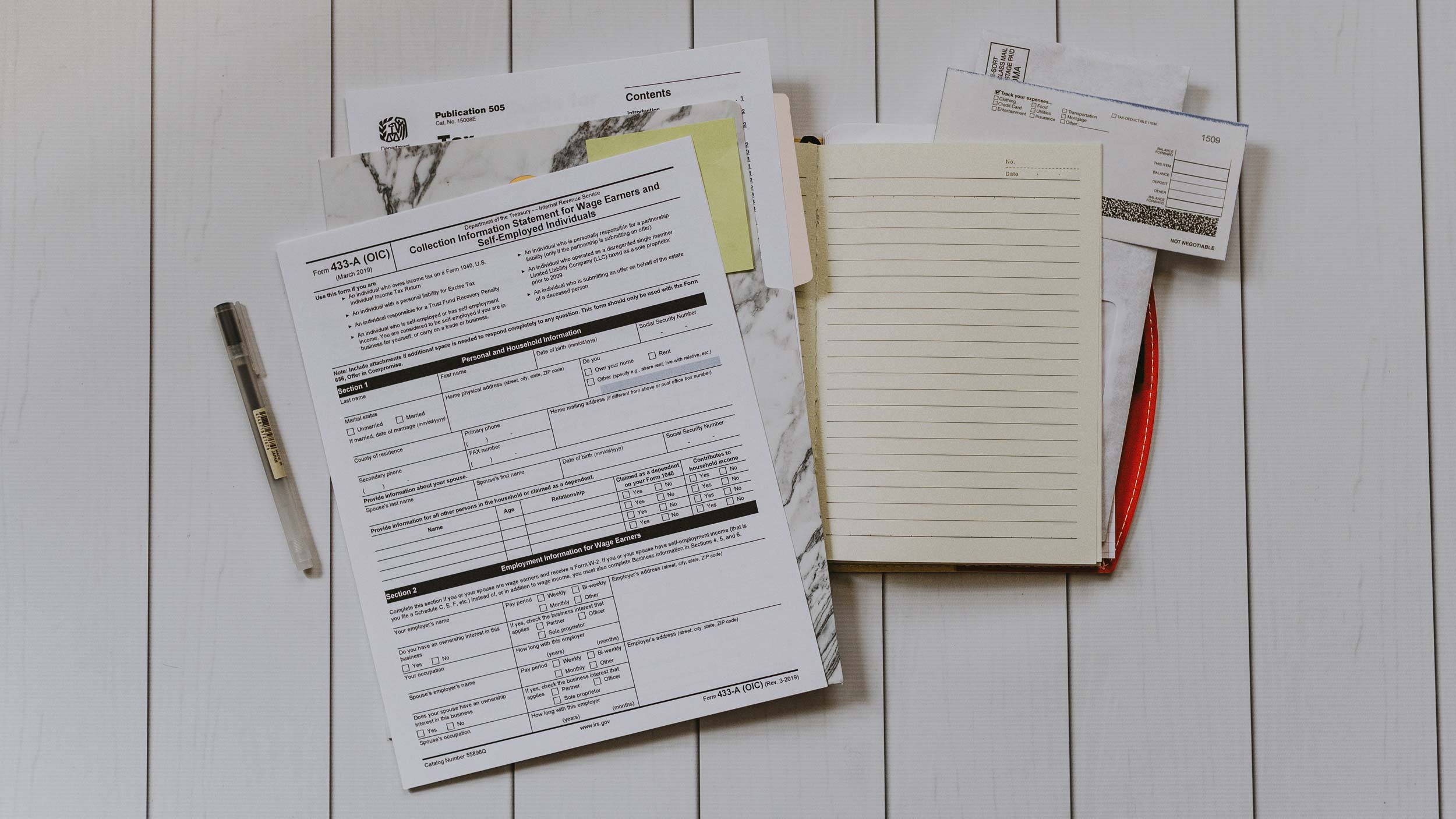It’s not too late to make contributions to your Solo 401k plan for 2019. And remember to claim the Solo 401k deductions on your tax return. Get it while you still can! Solo 401k contributions are tax deductible. Don’t miss out on this chance to claim that contribution and pay less in taxes.
Follow this link for the information you need about contribution limits for the tax year 2019. The extended tax filing day is July 15, 2020 because of COVID-19. If you need additional information about extended tax filing deadlines, follow this IRS link. But let’s get to the specifics involving your Solo 401k.
More Time and Few Forms to File
Your Solo 401k retirement plan is tax deferred. Therefore, it doesn’t file a tax return. There is often no direct filing requirement for your Solo 401k. Only after the Solo 401k Plan balance exceeds $250,000 in assets (including all liquid cash and non-liquid assets), is there a simple filing requirement for IRS form 5500-EZ. Was your Solo 401k balance was less than $250,000 on December 31, 2019? If so, you do not need to IRS Form 5500 EZ (unless the plan was terminated).
There are little or no filing requirements for your Solo 401k. However, you still need to understand the implications of being self-employed. One benefit is maximizing the tax-exempt contributions to your small business retirement account.
By the time your financial sophistication reaches this level, you likely have a CPA preparing your taxes. Or you might use a payroll company. But if you enjoy digging into the numbers and knowing that you’ve maximized your tax deduction, here is what you need to know about claiming both of your Solo 401k contributions on your tax return.
Claim Solo 401k Contributions on Your Tax Return for a Pass-Through Business
Having the correct mindset is important here. Remember that you are making two distinct tax calculations. Calculation 1 determines the net earnings for your business. Calculation 2 determines how much tax-exempt contributions you can make to your Solo 401k. Although these are separate calculations, they are dependent on each other. Think of it this way. You made your own retirement contribution. Your employer (your business) made a separate retirement contribution to your personal retirement account.
Is your business a pass-through structure (sole-proprietor, LLC, partnership)?
If so, submit both contributions to the IRS on your personal tax return. For these businesses, your income is calculated using Schedule C. Report the employer and employee contribution to the Solo 401k on Schedule 1, line 15 of the IRS tax form 1040.
Important Distinction for Claiming Contributions
Important note: you do not report the employee portion of the Solo 401k contribution on Schedule C. The purpose of Schedule C is calculating your business expenses before determining your earned income from the business.
For pass-through businesses, the employee and employer portion of the Solo 401k contribution is reported on line 15 of Schedule 1. There is a direct connection from Schedule C to Schedule 1. For example, you report business (earned income) from Schedule C on line 3 of Schedule 1. Then, as part of the Schedule 1 calculation, the employer contribution to your Solo 401k becomes part of your adjusted income. Afterward, that is subtracted out of your taxable income. Finally, report adjusted income on line 8a of Schedule 1 on your 1040 form (see line 8b subtraction calculation).
Get Expert Help to Do it Right
Always have your CPA or tax preparer check your calculations. Your CPA is the most qualified person to guide you where to claim your Solo 401k contributions on your tax return. The IRS provides this example for calculating your self-employed retirement plan contributions and deductions.
Claim Solo 401k Contributions on Your Tax Return for an S-Corporation
Is your business a corporation? If so, business income and contributions do not pass directly to your personal income tax return. There is a different tax reporting process that requires different tax forms.
Most, but not all, corporations are separate business entities. Therefore, they do not allow earned income to pass directly through to your personal income tax return. An important exception is S-corporations. For an S-corp, business income passes through to owners/shareholders. You’ll then report that income to the IRS as taxable. However, S-corporations do have other tax obligations as a corporate entity. This requires the S-corporation to file a tax return separate from the business owners.
The S-corporation files with the IRS using Form 1120-S. List the business portion of the Solo 401k contribution on line 23. Additional supporting IRS forms are generally required for S-corporations. Some of these are Form 5500, or Form 5500-SF.
Personal Contributions to the Solo 401k
Each year, your company provides you a W-2. IRS Form W-2 documents your wages earned. As an employee of the corporation, report your personal contribution to the Solo 401k in box 12 of your W-2. Box 12 can contain several types of compensation or reductions from your taxable income. The IRS identifies different categories of compensation and reductions with different single or double letter codes. The single letter code for a 401k deduction is “D.” Your salary reducing portion of the Solo 401k contribution has already been subtracted from your taxable amount that appears in box 1 of your W-2.
Summary of where to report the two Solo 401k contributions for S-corporations:
- Form 1120S, line 23 = Employer contribution.
- W-2, box 12 = Employee contribution.
And again, always work with your CPA or tax advisor to ensure the contributions are calculated and shown properly on your tax return.
Roth Contributions
Remember Roth contributions are after-tax. Therefore, they aren’t listed on your personal or business tax return. Yes, it might seem counterintuitive to put money in a retirement plan and not claim it anywhere. However, you aren’t asking the government for a tax deduction for these contributions. As such, they aren’t listed anywhere specifically on your tax return.
Conclusion
As an individual (not the corporation), you report the information from the the W-2 on your personal 1040 tax return. With the corporate business structure, both the corporate and personal claims for the Solo 401k contributions are calculated within the corporate tax filing.
When you have full control of your retirement account with a Solo 401k, you can expect your maximum tax-exempt contribution to increase every year, which it already has for 2020.
Have questions about growing your retirement account? The 401k experts at Nabers Group will help you get your retirement funds into your control, where they belong.




